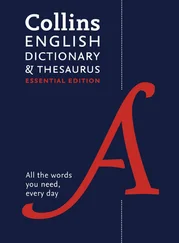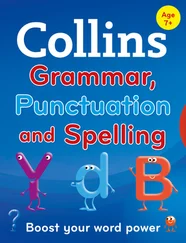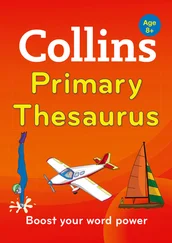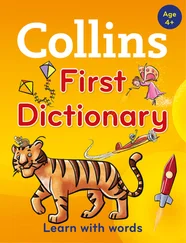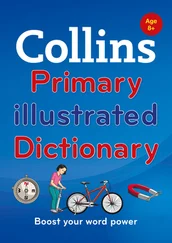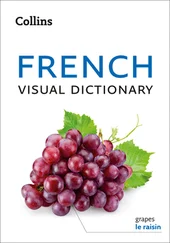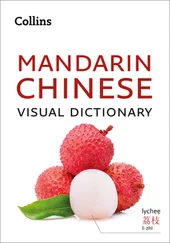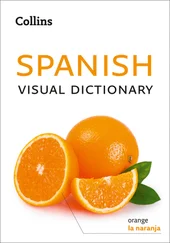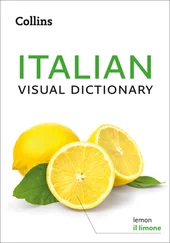11 June, July, August: which comes last in the dictionary?
Step three:
Pick the right translation
The translations are easy to spot in this dictionary because they are blue on the English-Spanish side and red on the Spanish-English side.
Spanish words can be masculine or feminine, and singular or plural. In the dictionary you will come across the abbreviations masc and fem , which tell you the gender of a Spanish word. PL tells you the word is plural. The dictionary also shows you the Spanish word for ‘the’ (this can be el, la, losor las). In the Language plus supplement, NOUN is abbreviated to N and ADJECTIVE is abbreviated to ADJ.
When you look up ‘doll’ you can see that the word for ‘doll’ in Spanish is muñeca. You can tell that the Spanish word for ‘doll’ is feminine because it is given with laand the dictionary says that it is ‘ fem ’ (feminine).
So ‘the doll’ is la muñecaand ‘a doll’ would be una muñeca.
Sometimes there is more than one translation, and each one has a number. If there is more than one translation, don’t just pick the first one! Check to see which is the right one.
12Which is the Spanish word for a ballthat you kick – la pelotaor el balón? Look for the clue.
ballNOUN
1la pelota fem (for tennis, golf, cricket) Hit the ball!¡Dale a la pelota!
2el balón masc (PL los balones) (for football, rugby) Pass the ball!¡Pasa el balón!
Step four:
Parts of Speech
Sometimes, to pick the right translation, you need to know the part of speech of a word, for example whether a word is a noun, an adjective, an adverb or a verb.
NOUNS
Nounsare naming words for things or people. You often use the words ‘a’ or ‘the’ with a noun – eg a girl, a boy, the school, the windows.
Nouns can be singular, eg an accident, the playground, my dad, football– or plural, eg sweets, the children, my friends.
13How many nouns are there in this sentence? What are they? The car has got a flat tyre and a big dent in the door.
ADJECTIVES
An adjectiveis a describing word which tells you what things are like: flatshoes are shoes that don’t have high heels. A flattyre is a tyre with no air in it.
14How many adjectives are there in this sentence? What are they? She’s got brown hair and blue eyes.
Some words have a nounmeaning and an adjectivemeaning. In the dictionary there is a box to tell you about this. The different meanings usually have different translations in Spanish.
patient
patient can be a noun or an adjective.
ANOUN
el/la paciente masc/fem
BADJECTIVE
paciente masc & fem The teacher is very patient.El maestro es muy paciente. Be patient, Joshua.Ten paciencia, Joshua.
ADVERBS
An adverbis a word which describes a verb or an adjective:
She writes neatly. The film was verygood.
15How many adverbs are in this sentence? What are they? The children sat quietly and played happily.
VERBS
Verbsare sometimes called ‘doing words’. They often go with words like ‘I’ and ‘you’, and with names, eg I playfootball, what doyou want?, Hugo likesmashed potato.
Verbs tell you about the present,
eg I’m listening– the past, eg I scoreda goal – and the future, eg I’m going to getan ice cream.
16How many verbs are there in this sentence? What are they? School starts at 9.00 and finishes at 3.30.
Some words have a nounmeaning and a verbmeaning. In the dictionary there is a box to tell you about this. The different meanings have different translations in Spanish.
rain
rain can be a noun or a verb.
ANOUN
la lluvia fem in the rainbajo la lluvia
BVERB
to rain llover It’s going to rain.Va a llover. It rains a lot here.Llueve mucho aquí.
It’s raining.Está lloviendo.
17What is the Spanish word for ‘rain’?
18Why is ‘It’s going to rain.’ in part B?
19How do you say ‘It’s raining.’ in Spanish?
20Is ‘llover’ a noun or a verb?
Learn useful phrases
In the dictionary you’ll see phrases that are especially important in orange boxes. Try to learn these when you come across them, and you’ll soon know lots of useful things to say in Spanish.
What time is it?Qué hora es? It’s lunch time.Es la hora de comer. How many times?¿Cuántas veces? Have a good time, Amanda!¡Que lo pases bien, Amanda!
Find out about life in Spain
There are also boxes which tell you about Spanish customs, and about differences between life in Spain and Britain.
Did you know?
churros are a kind of fritter that people often eat on the streets in a paper bag or order in a café typically with a cup of thick, hot chocolate: chocolate con churros.
Even more words
At school you will learn to talk about subjects such as the time and the weather, your family, your pets, and your clothes. The most important words for talking about these subjects are shown in the dictionary itself, and even more words are given in Language Plus, the middle part of the dictionary. Have a look!
1ver and teléfono
2It is the Spanish side. It has Spanish words on it and Spanish–English written at the side near the top.
3Spanish-English
4The last word
5aburrirse
6Arturo, Carmen, David, Isabel, Jorge, Juan, María
7Jorge – because ‘o’ comes before ‘u’
8Friday; Wednesday
9Because the second letter of Thursday is ‘h’, which comes before ‘u’, the second letter of Tuesday.
10Friday, Monday, Saturday, Sunday, Thursday, Tuesday, Wednesday
11June
12el balón – The clue is (for football, rugby).
Читать дальше

